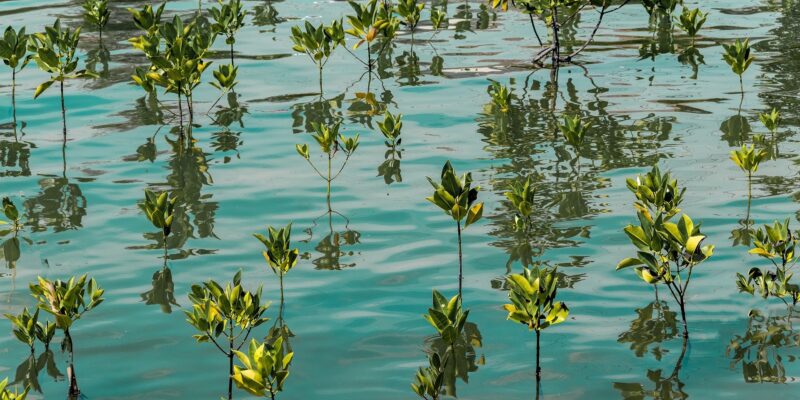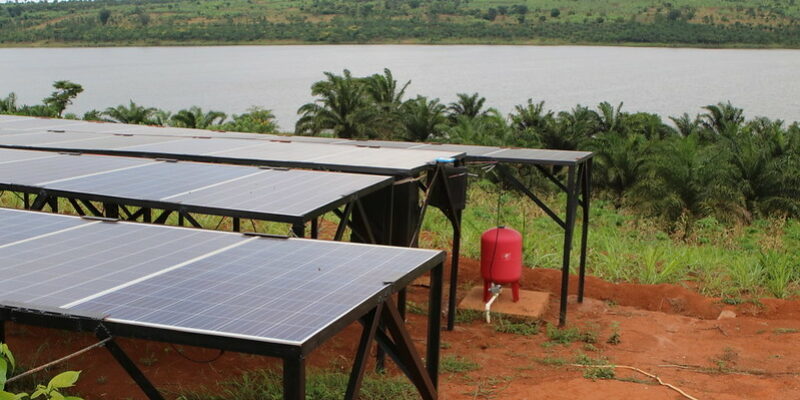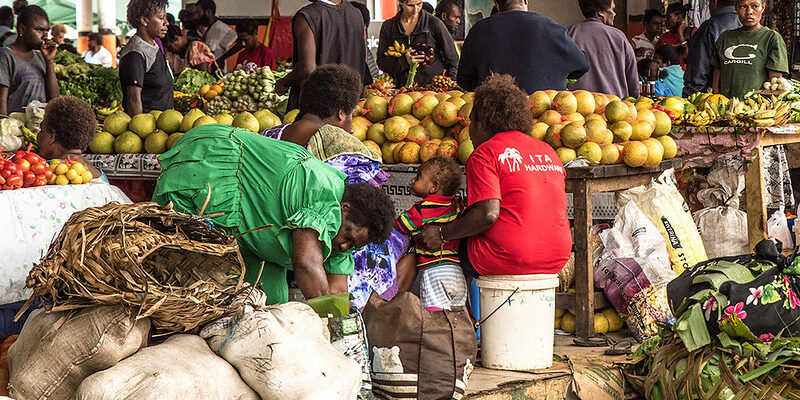Comment
Insights and expert analysis on climate issues.
Share


Ocean thermal energy conversion – what is it and what role could it play for Small Island States in the Caribbean?
Dr Robert Brecha
Using Geographical Information Systems tools, we have determined where water depth and proximity to shore could provide a site for ocean thermal energy conversion installation for all islands in the Caribbean. But this technology is still the poor cousin in the renewables family, leading many to ask – what is ocean thermal energy conversion and what can it bring to the table to support a 100% renewable electricity system?

The 1.5℃ global warming limit is not impossible – but without political action it soon will be
Bill Hare, Dr Carl-Friedrich Schleussner
Whether Earth can stay within 1.5℃ warming involves two distinct questions. First, is it physically, technically and economically feasible, considering the physics of the Earth system and possible rates of societal change? Science indicates the answer is “yes” – although it will be very difficult and the best opportunities for success lie in the past.

International Women’s Day: climate scientists who happen to be women
Dr Olivia Serdeczny
A year into COVID-19 restrictions, and the world has changed dramatically. Ahead of this year's International Women's Day, we spoke to some our scientists about their research, progressing their PhDs in a pandemic, and how they experience their gender in their work.

Climate change and small islands: more scientific evidence of high risks
Dr Rosanne Martyr
Small island developing states (SIDS) have long been recognised as being particularly vulnerable to the impacts of climate change. In a recently published article our researchers added further scientific evidence that island states are particularly at risk, and face unique challenges in addressing impacts.

The coronavirus pandemic adds yet another shock to the multiple challenges that more than a billion people living in the Least Developed Countries (LDCs) already face in day-to-day life. It is much more than a health crisis. It has the potential to create devastating health, social, economic and environmental crises that will leave a deep, long-lasting mark. However, it is an opportunity to adopt and implement sustainable solutions during the recovery process, also for LDCs, without losing sight of the climate crisis.
